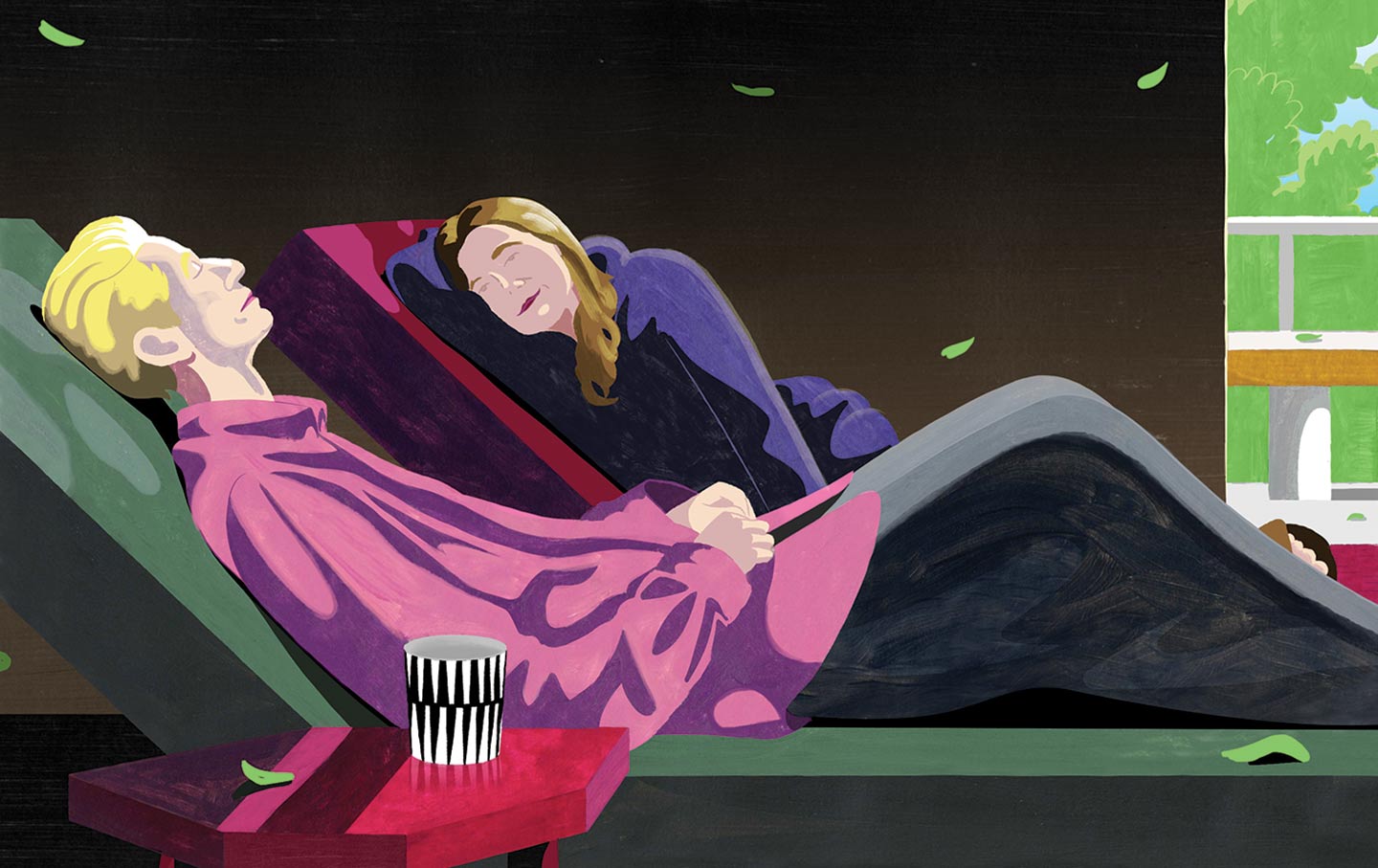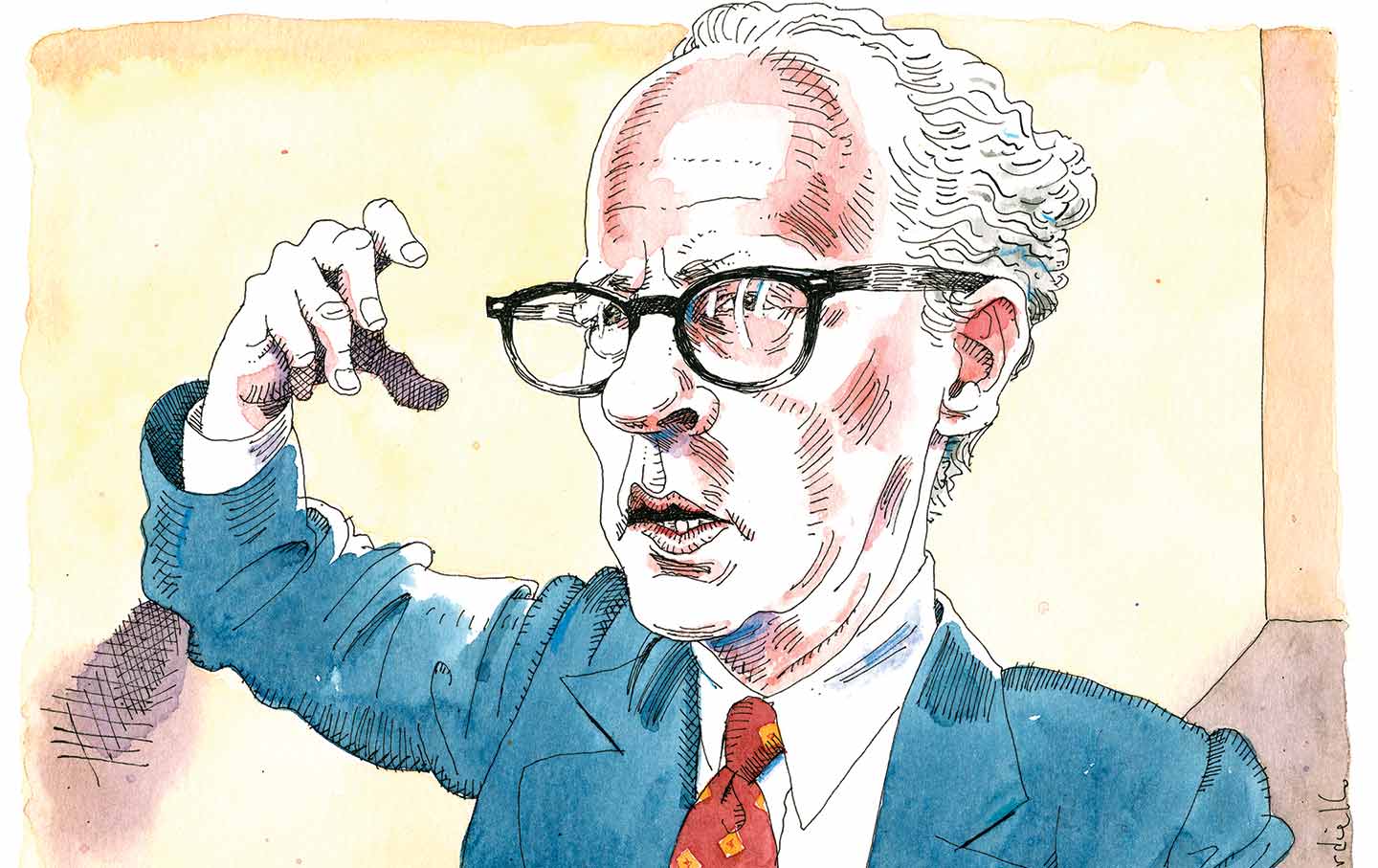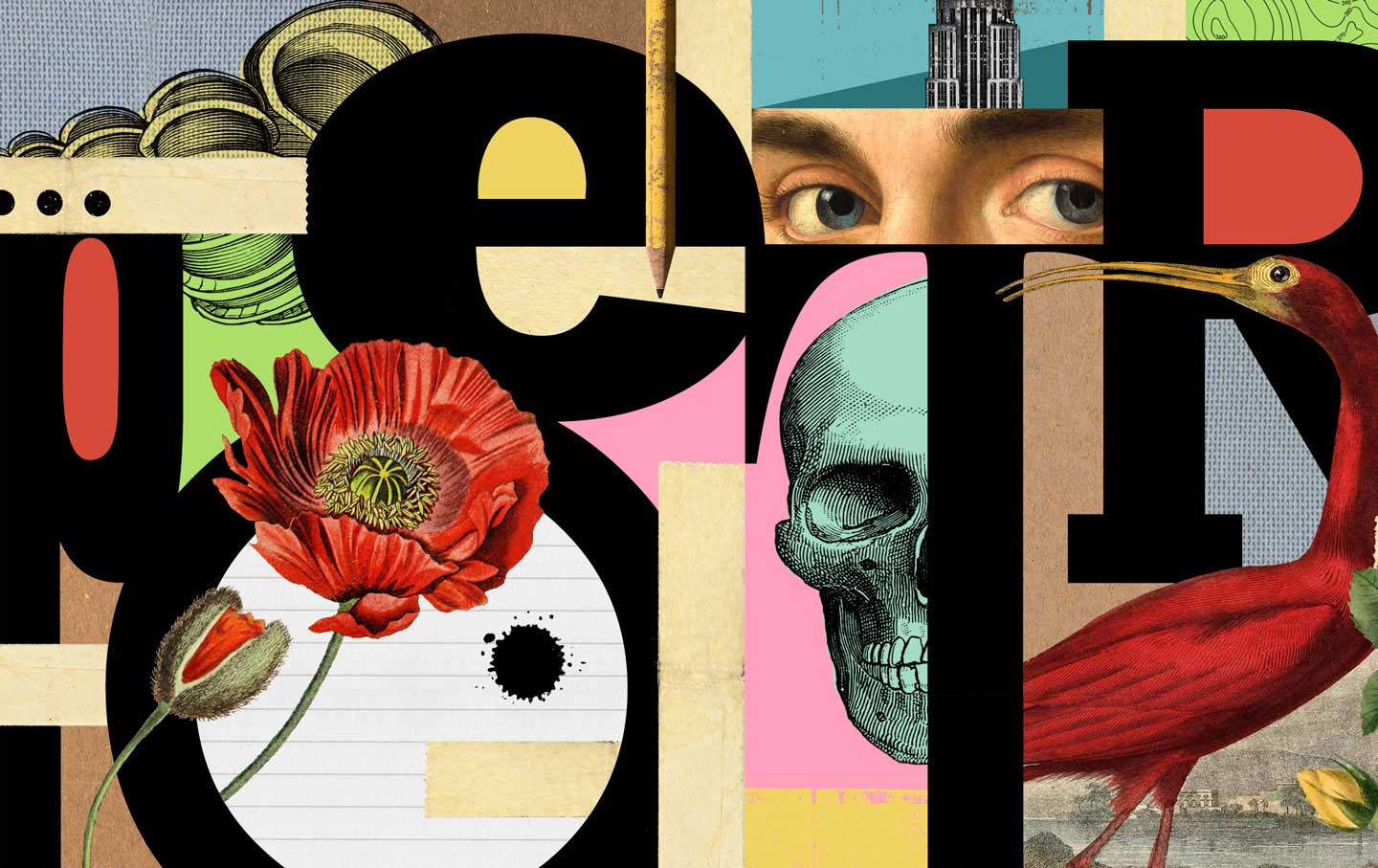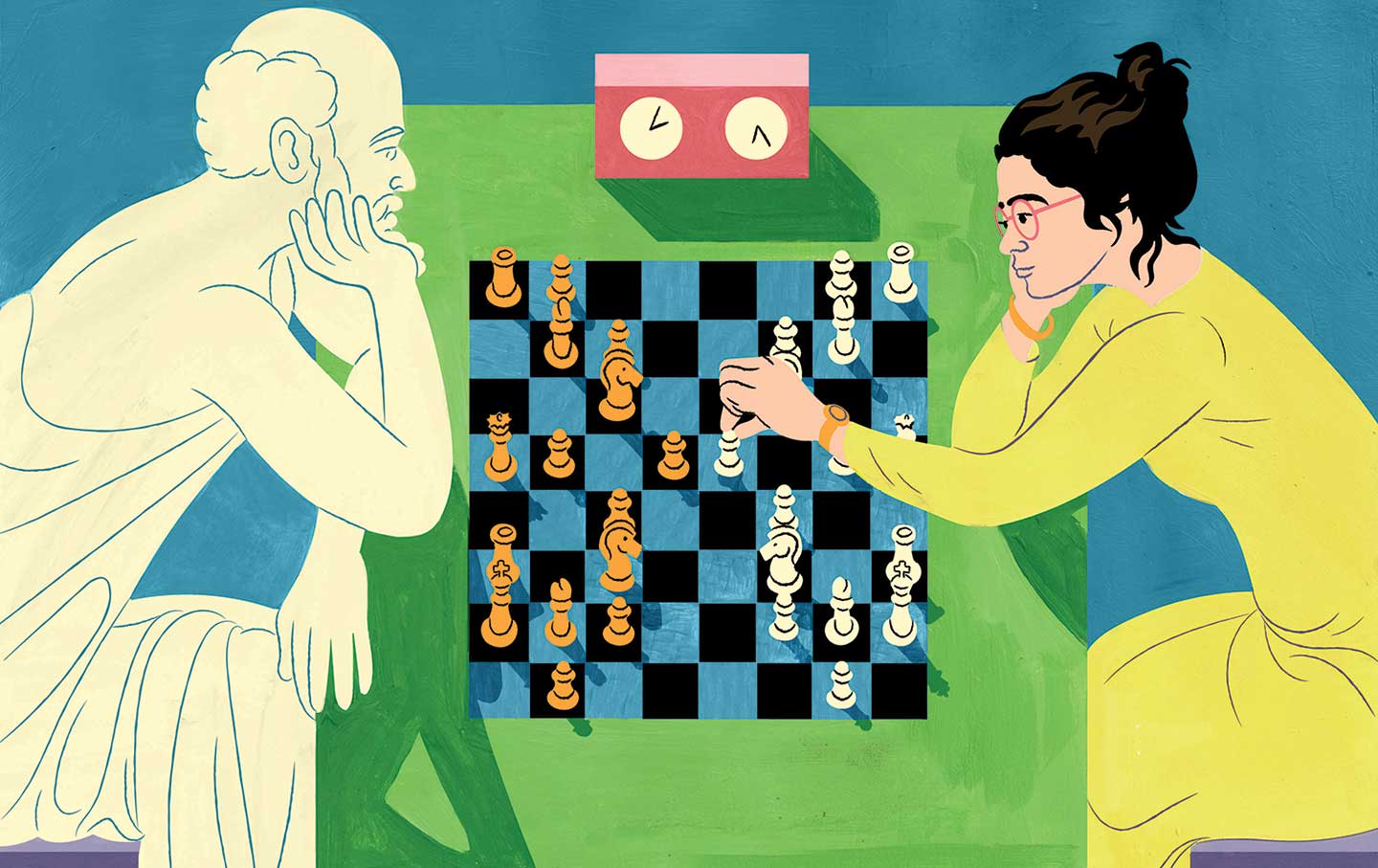How the New York Waterfront Shaped American Modernism
In The Slip, Prudence Peiffer looks at the role an overlooked neighborhood played in the lives and work of an eclectic set of postwar artists.
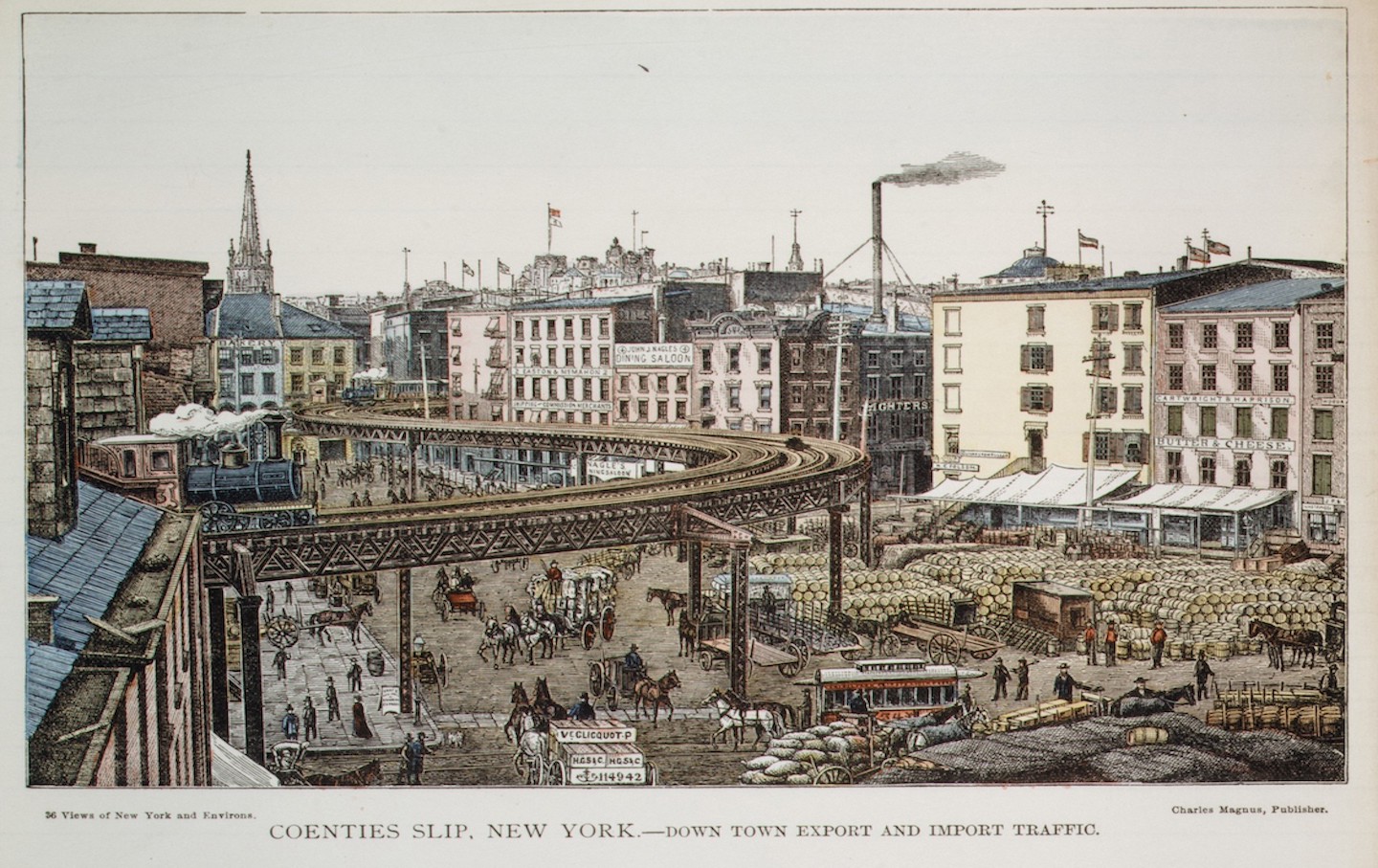
A common adage about New York City is that every great story is a real estate story. Beginning in the late 1950s, an influx of corporate capital spurred a massive effort toward urban redevelopment in the city, which in the aftermath of World War II had become not only the epicenter of global finance, but also of the artistic avant-garde. With the onset of World War II and throughout the Cold War, the locus of progressive modernist art shifted away from Paris to New York—the city that “stole” modernism, as the art historian Serge Guilbault argued in his influential 1983 book, by promoting Abstract Expressionist artists like Jackson Pollock and Mark Rothko vis-à-vis a combination of cultural imperialism, critical adulation from the likes of Clement Greenberg and Harold Rosenberg, and the financial support of individual galleries and art institutions. And while the glib assertion that the CIA “invented” Abstract Expressionism has provided much fodder for cultural historians and amateur conspiracy theorists alike, the brief period that came after Ab-Ex’s heyday and before the dominance of Pop in the 1960s has remained somewhat under-examined. What did the city look like for artists trying to make a career and a life beyond 10th Street and the confines of Cedar Tavern?
Books in review
The Slip: The New York City Street That Changed American Art Forever
Buy this bookIn The Slip, the critic and art historian Prudence Peiffer points us further downtown toward the Coenties Slip, a formative locale for an eclectic group of seven artists who worked and lived there between 1956 and 1967. Once a commercial shipping hub in the late 19th century, as immortalized by Herman Melville in Moby-Dick, the Coenties Slip became the abode of a motley crew who bore witness to New York’s transformation from industrial hotbed to corporate center. These artists, most of whom were in the early stages of their careers while living on the Slip, included painters, sculptors, textile makers, and actors—now-household names such as Ellsworth Kelly, Agnes Martin, Robert Indiana, and Delphine Seyrig, as well as less-mainstream figures like Jack Youngerman, James Rosenquist, and Lenore Tawney. These artists constitute a group worthy of analysis, Peiffer argues, not because they shared a similar artistic style or produced a major movement (outside the modes of either Ab-Ex or Pop Art), but because their chosen dwelling—a tiny patchwork of streets near the edge of New York’s seaport—allowed them to form an artistic community held together by mutual respect, inspiration, and, often, collaboration. Most importantly, these artists shared an invaluable understanding that the best thing the Slip offered was the physical space and time to tease out new directions in their respective practices.
That sense of “collective solitude,” as Peiffer terms it, owes as much to the geography of the Coenties Slip as it does to the convivial social environment established by the artists living there. The success of The Slip as cultural history lies in its methodical teasing out of how place—understood here as both the physical and psychic space in which these artists lived and worked—may influence form and can, in turn, foster a creative community. Living apart from their peers in Greenwich Village and that neighborhood’s attendant sociality in the 1950s, the artists of the Coenties Slip worked in large, open-plan warehouse studios that doubled as living quarters, replete with expansive views of the East River. The fact that these living quarters were technically illegal because of the city’s zoning laws at the time only added a bohemian atmosphere to the Slip—though by no means does Peiffer romanticize her setting or characters. Rather, she offers a richly detailed account of how and why the Slip impacted the later careers of these artists—impacts that each of them would reflect upon and acknowledge. Homing in on this interstitial period between Ab-Ex and Pop Art provides a unique vantage point from which to explore how artists navigate commercial pressures and stylistic trends and develop their own sensibilities.
Peiffer begins her book with a history of the Coenties Slip, from its settlement by Dutch colonists in the 17th century to its transformation into a lively commercial port by the mid-19th. It was only in the years after World War II, beginning with the arrival of the painter Fred Williams in 1951, that the area attracted artists looking for space. In 1956, Ellsworth Kelly moved to the Slip, having spent several years wandering the streets and museums of Paris, where he had met Jack Youngerman. Both Kelly and Youngerman had arrived in Paris to study art at the École des Beaux Arts under the G.I. Bill, but their education mostly took place outside the classroom, discussing politics at Parisian cafés or visiting the cave paintings at Lascaux and the studios of Jean Arp and Constantin Brâncuși. Kelly began to show his work in Parisian galleries in the early 1950s, and Youngerman met the French actress Delphine Seyrig in Paris around the same time. In these formative years, Kelly experimented with automatic drawing and took inspiration from the natural environment to create “found” compositions.
But Paris, still reeling from the devastation of the war, couldn’t offer the same opportunities as New York. Kelly—who functions in Peiffer’s story as a kind of center around which the other figures revolve—greatly influenced the migration of artists to the Slip. When he moved back to New York from Paris, he spent time working as a mail sorter, but in 1956, after his first show at the Betty Parsons Gallery, he found a cavernous apartment in the Slip and began to pitch the area to his friends. The first was his new acquaintance Robert Indiana—now best known for his iconic “LOVE” sculptures—whom he convinced to move in and become his roommate. He then encouraged Youngerman and Seyrig, who had both landed in New York in 1956 and were living on the Upper West Side. Rosenquist, Martin, and Tawney would each arrive separately within the next few years, all of them seeking a space in which they could develop or transform their practices. The Slip and its surrounding streets offered these artists—many of whom were queer and had moved to New York from the Midwest as “Protestants from the hinterland,” as Youngerman once quipped—a safe haven amid the era’s increasing surveillance and homophobia, as Cold War anxieties sought to reaffirm the American nuclear family and traditional gender roles as a defense against the purported dangers of a foreign communism.
While the Slip was in particular a creative and social refuge for Kelly and Indiana (who were briefly in a relationship) as well as Tawney and Martin (whose relationship remains the stuff of speculation), all of the artists there found ways to support one another through the highs and lows of their careers and personal tribulations. Peiffer describes Martin as the “mercurial den mother” who would bake blueberry muffins in the morning, and she writes of how the artists upheld one another by purchasing each other’s work in times of financial strain, or else served as sources of comfort during their respective mental health crises. A major success of Peiffer’s text is her ability to center the stories of her seven protagonists while allowing artists like Andy Warhol (who recorded Indiana at the Slip for one of his early durational films), Jasper Johns, and Robert Rauschenberg—as well as other key figures of American modernism, such as the dealers Betty Parsons and Sidney Janis—to also play their crucial roles.
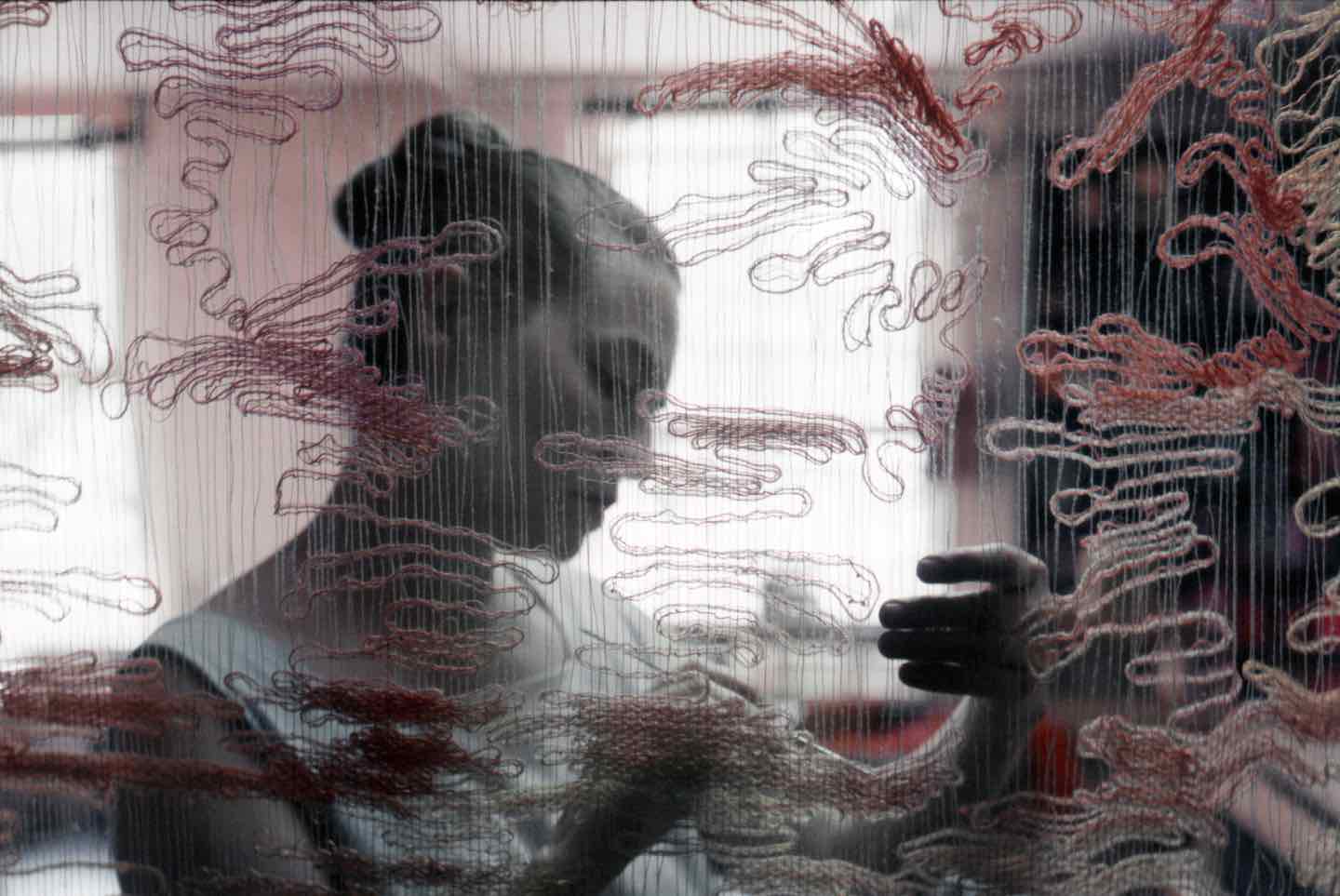
Peiffer’s argument—that a closer attention paid to ideas like “home” and “place” can make for “more inclusive histories of art” and steer audiences away from more staid histories of modernism—is compelling because of her nimble imbrication of urban and social history to account for how and why the Slip, both remote and proximate to the centers of artistic action, impacted her subjects’ work. The dominant narrative we hear of modernism often centers on the individual genius of artists, but Peiffer seeks to dispel this by situating her artists and their works in a collective setting and describing how the advancements in their techniques and inspiration were the combined product of chance, environment, and refinement. In this way, The Slip joins works like Mary Gabriel’s Ninth Street Women, which focuses on the lives of female Ab-Ex artists, and Jacob Stewart-Halevy’s recent Slant Steps, a history of postwar modernism in the “semi-periphery” of Northern California. Peiffer’s ability to pinpoint how the seven artists she chronicles viewed and translated their physical and social environment into new ideas and forms—ideas that would change the course of their careers—is made all the sharper by moments of exquisite formal analysis.
Peiffer describes, for example, how the redevelopment of downtown New York in the late 1950s and early ’60s transformed the way the artists responded to their environment through a series of astute case studies. Gazing out at the East River from their studio windows, Tawney and Martin would draw inspiration from the rippling currents in their respective works that they both titled Dark River. Martin’s 1961 painting by that name was the first of the all-over grid compositions for which she would be best known, while Tawney’s large-scale textile work from 1962 was the first of her works to employ the open weave she would frequently use in her later career, and was acquired by the Museum of Modern Art the very year it was made.
In the late 1950s and ’60s, as Governor Nelson Rockefeller (buoyed by the support of Robert Moses) poured funds into tearing down apartment buildings in favor of new offices for the banks and global conglomerates, a new burst of experimentation began for the Slip artists, who, when skint and unable to afford canvases, scavenged construction sites for parts. These late-night outings, briskly recounted by Peiffer, would result in sculptural assemblages by Kelly, Indiana, and, for a brief period, even Martin and Tawney. While the latter two would flirt only briefly with assemblage, for Kelly and Indiana, these three-dimensional forms were entrées into the experiments that would decisively shift their attitudes toward the art they would continue to make.
Inspired by apotropaic Greek column-like statues that served as roadmarkers, Indiana began making “herm” sculptures from found wooden planks stenciled with letters. This foray into language—a decisive break from Kelly’s insistence on making non-referential abstract painting, and from the pair’s romance—would eventually lead to Indiana’s 1962 Melville Triptych (which directly referenced the Coenties Slip in stenciled letters) and then a Christmas card commission by the Museum of Modern Art in 1964, which served as the basis for his “LOVE” sculptures. And despite his ambivalence toward the use of text in his work, Ellsworth Kelly would go on to create a series of collages referencing the Coenties Slip, though what the neighborhood—and the avocado garden he planted on his building’s roof—truly offered for Kelly was an appreciation for nature, lending his paintings, drawings, and sculptures an organic quality that helped set his work apart from other “hard-edge” painters.
The artistic community that Kelly and his peers would create on the Coenties Slip was a loose confederation, producing no manifestos, no cohesive degree of output, and no collective group exhibitions. And by the early 1960s, as commercial real estate expanded downtown, the very stability of the Slip as an artists’ haven began to change: Youngerman and Seyrig’s home on 27 Coenties Slip was condemned in 1960, and on the very day of that notice, Seyrig flew to Paris—effectively ending her marriage—to work with the French director Alain Robbe-Grillet on what would be her career-defining film, Last Year at Marienbad. The others quickly followed suit—to other places in New York, or in the case of Agnes Martin, the last of the artists clinging to an apartment in the Slip in 1967, back to the Southwest.
That the Slip, by virtue of its relatively secluded atmosphere and the kinds of creativity it inspired and afforded, could be home to such varied practices and divergent trajectories is a testament to the strength of Peiffer’s contention that “creative solitude” is a necessary requirement for artistic innovation. To characterize the material and social environment of these postwar American artists as merely a “vibe,” as a critic dismissively termed it in a recent review of The Slip for The New Yorker, is to fail to recognize art as more than the sum of genius, inspiration, and timing. The intelligence of Peiffer’s history lies in its ability to clarify both the stakes of producing art and the components—time, space, and support of all kinds, from monetary to moral—required to achieve success. After winding through such an artful excavation of creative terrain, readers can understand that art is neither produced in a vacuum nor doomed to nostalgia, but that artistic possibility can emerge at any point and place, so long as it is nurtured and supported.


